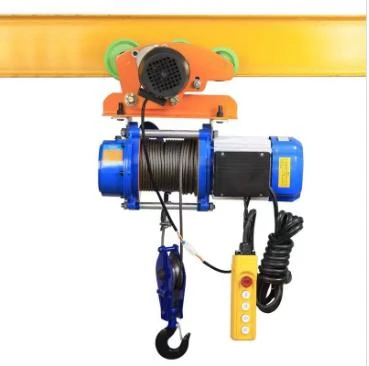


Designing an Electric Winch Key Considerations and Components
Electric winches are essential tools in various industries, including construction, marine, and automotive sectors. They provide reliable lifting and pulling capabilities, making them invaluable for both heavy-duty tasks and recreational activities. Designing an efficient electric winch involves understanding its components, functionalities, and the necessary safety measures. This article explores the crucial aspects involved in electric winch design.
1. Understanding the Purpose and Application
Before diving into the specifics of design, it is essential to define the purpose of the electric winch. Applications can range from heavy-duty lifting in construction sites to lighter tasks like pulling vehicles out of ditches. Each application requires different specifications regarding power, pulling capacity, and speed. Understanding the operational environment—whether it is rugged terrain or marine applications—also influences design choices.
2. Key Components of an Electric Winch
A typical electric winch consists of several key components
- Motor The heart of the winch, the motor must provide sufficient torque and power
. Electric motors can be either DC or AC, with DC motors being more common in portable winches due to their ease of control and energy efficiency.- Gearbox This component reduces the motor speed while increasing torque, allowing the winch to lift heavier loads without requiring excessive motor power. The gear ratio is crucial; a well-designed gearbox balances speed and torque to meet specific load requirements.
- Drum The winch drum is where the cable or rope is wound. The size and material of the drum depend on the type of load and cable used. Proper drum dimensions are crucial for preventing cable slippage and ensuring safe operation.
- Cable/Rope The choice of cable material—steel wire rope or synthetic rope—affects the winch's overall weight, strength, and flexibility. Synthetic ropes are lighter and safer due to reduced risk of snap-back but may have lower tensile strength compared to steel cables.

- Braking System A reliable braking system is vital for safety. There are various types of brakes, including mechanical, electrical, and dynamic brakes. The choice depends on the specific application and safety requirements.
- Control System Modern electric winches often incorporate electronic controls for improved usability. This may include remote control capabilities, load sensors, and programmable settings that enhance operational efficiency and safety.
3. Safety Considerations
Safety is paramount in electric winch design. Overloading can lead to mechanical failure and accidents. Incorporating overload protection and emergency stop features can prevent such risks. Moreover, the design should include clear signage and instructions to educate users about safe operating procedures.
4. Power Requirements and Efficiency
Understanding the power requirements is critical for the performance of the electric winch. The motor should be chosen based not only on its horsepower but also on its efficiency. Efficient motors consume less power, translating to lower operational costs. It is also important to consider potential power sources, such as batteries or direct AC power, based on where the winch will be used.
5. Environmental Considerations
Winches are often subjected to harsh environmental conditions, including water exposure, dust, and extreme temperatures. Therefore, choosing weatherproof materials and treating components with corrosion-resistant coatings can extend the winch’s lifespan and reliability. Additionally, designs that facilitate easy maintenance can help users keep their winches in optimal condition.
Conclusion
Designing an electric winch requires a careful balance between functionality, safety, and efficiency. By considering the application, selecting appropriate components, implementing safety features, and addressing power and environmental factors, engineers can create electric winches that meet the diverse needs of various industries. As technology advances, the development of smart winches with integrated sensors and IoT capabilities may lead to even greater efficiency and safety in load handling operations.



